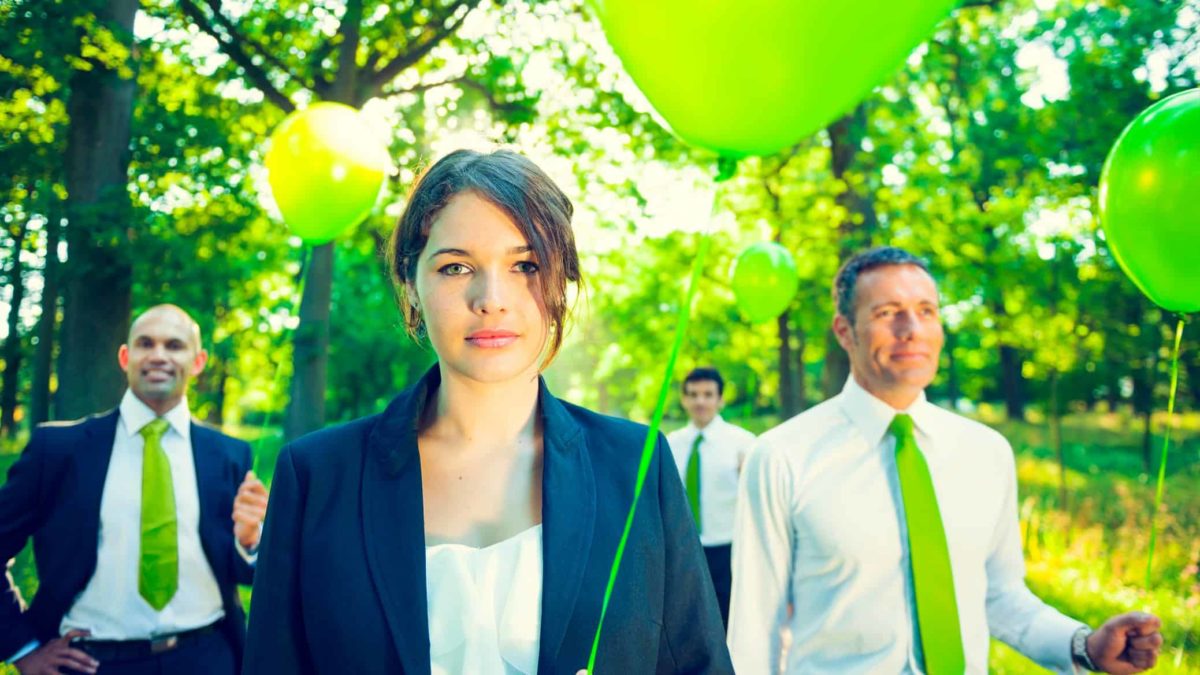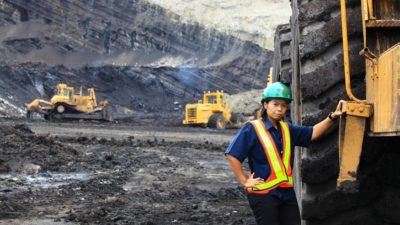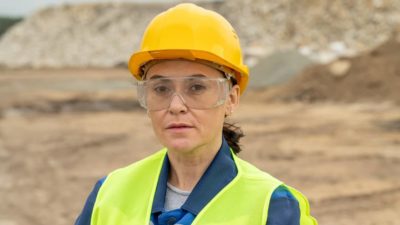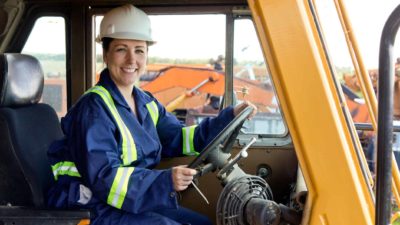The share price of Fortescue Metals Group Limited (ASX: FMG) could become increasingly impacted in the coming years by the company's efforts to become an integrated green energy and resources company.
It wants to be a leader in producing green hydrogen and green ammonia, and also provide technology that can help the world decarbonise.
By 2030, Fortescue wants to be producing 15 million tonnes of green hydrogen annually for customers. One of the main customers could be E.ON which has signed a memorandum of understanding with Fortescue Future Industries (FFI) to supply up to five million tonnes per annum of green hydrogen to Europe by 2030.
Fortescue talisman is determined
Writing in the FY22 annual report, Fortescue founder Andrew Forrest said:
Today, we have two choices.
Firstly, we could turn a blind eye to the rapidly changing global business and regulatory climate.
Or we can transition into a global green metals, minerals, energy, technology and development company, capable of delivering not just green iron ore, but also all of the minerals critical to the green energy transition. To lead the green energy revolution – and, once again, set a record-breaking industry benchmark in everything we do. We have already begun.
We must become the Saudi Arabia, not of oil, but of green hydrogen. We can become the Asia of green iron too, if we are prepared to commit to it. Think the North West Shelf, not on climate-threatening methane, but of carbon-free green ammonia, for every ship in the world. Please don't think it can't be done, it can.
How much progress has been made?
There are two projects that Fortescue pointed out that FFI is working on.
It has successfully completed the first phase of studies with Incitec Pivot Ltd (ASX: IPL) to convert the Gibson Island ammonia production facility in Queensland to be powered by green hydrogen, and negotiations are continuing to finalise the front-end engineering design.
Fortescue also noted that construction has commenced for FFI's green energy manufacturing centre in Gladstone, Queensland, in February 2022, with the first stage development of an electrolyser manufacturing facility with an initial capacity of 2GW per annum and the first production in 2023.
FFI is currently being funded through a capital allocation framework where 10% of Fortescue's net profit after tax (NPAT) is committed to FFI each year. FFI currently has US$1.1 billion set aside, including US$342 million from Fortescue's FY22 second-half NPAT.
When will FFI start making green energy revenue?
In terms of production, there were a few different things that FFI's new CEO, Mark Hutchison, noted. The Australian Financial Review quoted Hutchison on a few different topics.
Talking about where the first export from FFI could come from, he said Queensland's Gibson Island could be the first location from the possible portfolio of opportunities:
I think the first green hydrogen we produce is probably going to come out of Australia, exported to Germany. Starting off in Gibson Island in Queensland, I would say Queensland will probably be the first cab off the rank to be honest.
Another question was when FFI will start making earnings from green hydrogen and green ammonia. Here's his answer:
I'm really hoping we will have some available [in the] '24, '25 timeframe.
The geopolitical environment will only serve to speed this up. Energy security is leading more and more countries to green energy solutions.
Fortescue share price snapshot
Over the past six months, despite all the volatility, the Fortescue share price has still registered a rise of 4%.
It closed on Monday at $18.89, down almost 5% on the day.








